Historical photographs of Karl Blossfeldt meeting on the photographic art of Jim Dine. With his work Blossfeldt has influenced generations of artists, says curator Gabriele Conrath-Scholl in the DW-Interview.
-
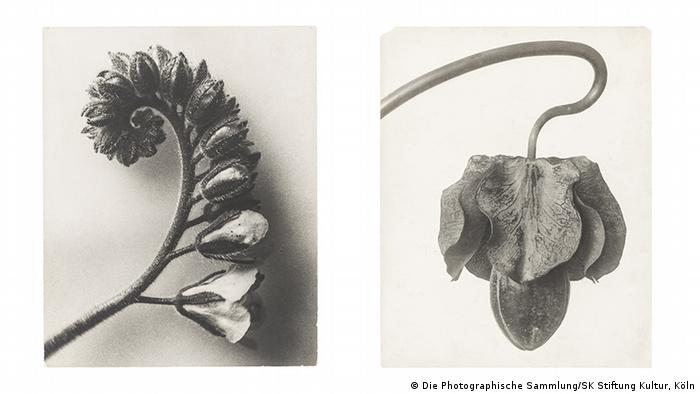
“Poetry of the Plant”: the photographic art of Jim Dine and Karl Blossfeldt
Tuft of beautiful and Ranking Cobea
Originally, there were only templates for his art students. “Modelling from live plants” was the subject of Karl Blossfeldt (1865-1932) at the teaching Institute of the Royal arts Museum in Berlin trades taught. Of the house, he was a sculptor and modeller. Only in 1898, he discovered the camera as a tool.
-
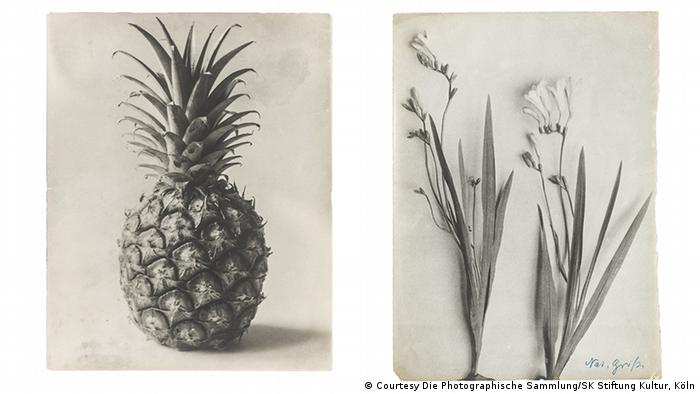
“Poetry of the Plant”: the photographic art of Jim Dine and Karl Blossfeldt
Pineapple and freesia
Only decades later – at the beginning of the 1970s, were discovered this artistic Botanical photographs by Blossfeldt in the first place for the art world. With its handcrafted sophisticated way of working, he stood in a row with German photographers such as August Sander and Albert Renger-Patzsch. In his focus as an artist is nature, not humans exclusively.
-
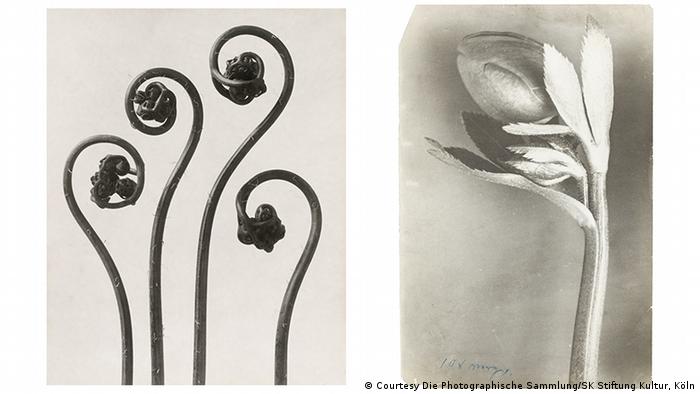
“Poetry of the Plant”: the photographic art of Jim Dine and Karl Blossfeldt
Hair fern and hellebore
It was important for him to document the plants in their full glory. Picked or in herbaria stored you lost your originally of the nature, scale Form. One of the basic photo-books with of 120 such plates of Plants by Karl Blossfeldt was, in fact, “prototypes of art” (1928). Generations of photographers, artists and architects have used it later as a template.
-
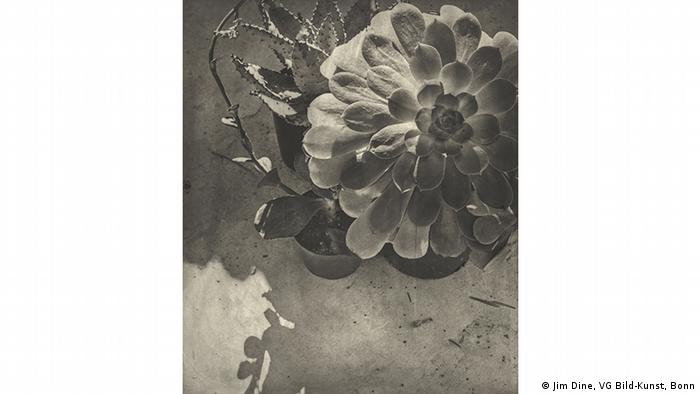
“Poetry of the Plant”: the photographic art of Jim Dine and Karl Blossfeldt
“Entrada Drive” (2001-2003)
The US-American pop art artist Jim Dine, 1935 in Cincinnati, Ohio born, interested in other worlds. His motives are also individual plants, but, formally, the life-context of the Botanical objects is more important to him: light and shadow, location and environment. Everything together brings together Dine in an almost old-fashioned, picturesque photography. The neck is for him the image.
-
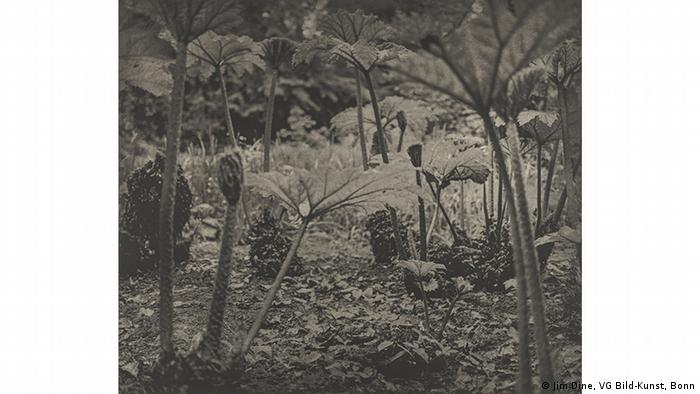
“Poetry of the Plant”: the photographic art of Jim Dine and Karl Blossfeldt
Nature in L. A.
Dine has lived in the 1960s in London and with European art history has. Back in LA, he devoted himself, from 1994 to the Medium of photography. For his art photography, he used a photographic technology from the 19th century. Century: the “photo-gravure”. The Original Negatives are printed as a transparency on a graphic-printed on drawing paper and so alienated.
-
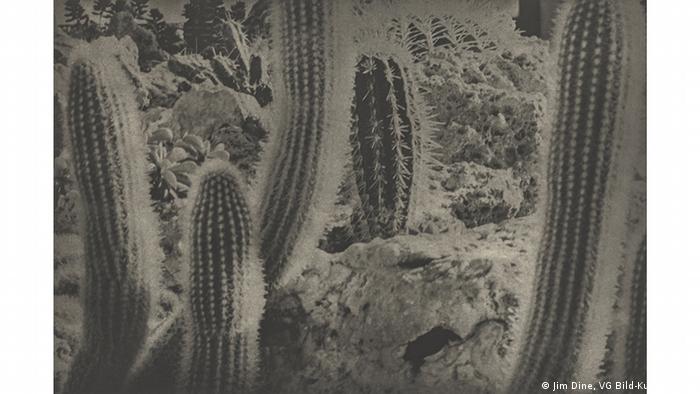
“Poetry of the Plant”: the photographic art of Jim Dine and Karl Blossfeldt
Cacti landscape
Rory McEwen, one of his closest artist friends, giving him access to the Botanical watercolors of the great European plant illustrators of the 18th century. and 19.Century. This left a strong impression on Dine, explored for his series “Entrada Drive” with the camera the coastal scenery on the Pacific coast around Los Angeles – here’s a cacti forest.
-
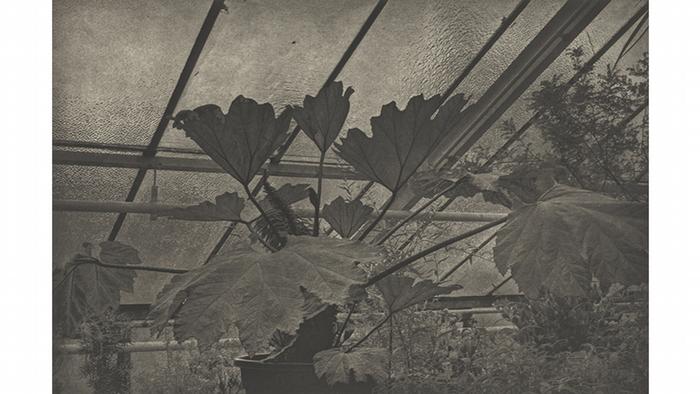
“Poetry of the Plant”: the photographic art of Jim Dine and Karl Blossfeldt
Open Studio
The elaborate process of “photo-gravure” applied Dine later also in other artistic motifs. Simple shots of plants in his light-filled Studio got through the printing process at once picturesque qualities. In the Cologne exhibition, “poetry of the Plant” are 40 large-scale Works by Dine 70 small format photographs by Blossfeldt.
-
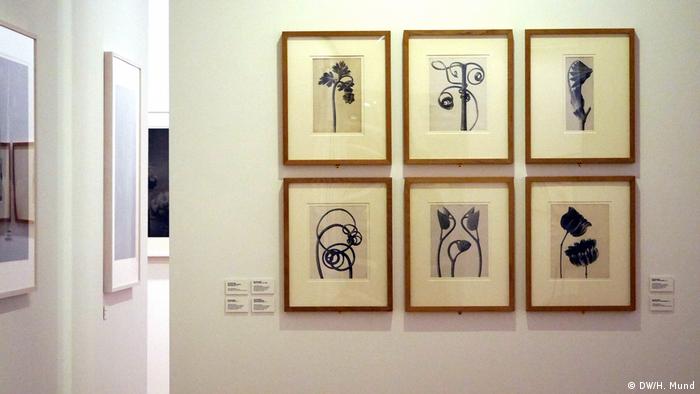
“Poetry of the Plant”: the photographic art of Jim Dine and Karl Blossfeldt
Photographs in the Dialog
The Photographic collection (SK Stiftung Kultur) has already shown for 2015 in a solo exhibition of artistic photographs by Jim Dine in Cologne, Germany. The dialogue with the exceptionally ornate plant studies of Karl Blossfeldt would meet him with great Pride, said to Dine at the opening of the current exhibition, until 21. July 2019 in the media Park of Cologne.
Author: Heike Mouth
-

“Poetry of the Plant”: the photographic art of Jim Dine and Karl Blossfeldt
Tuft of beautiful and Ranking Cobea
Originally, there were only templates for his art students. “Modelling from live plants” was the subject of Karl Blossfeldt (1865-1932) at the teaching Institute of the Royal arts Museum in Berlin trades taught. Of the house, he was a sculptor and modeller. Only in 1898, he discovered the camera as a tool.
-

“Poetry of the Plant”: the photographic art of Jim Dine and Karl Blossfeldt
Pineapple and freesia
Only decades later – at the beginning of the 1970s, were discovered this artistic Botanical photographs by Blossfeldt in the first place for the art world. With its handcrafted sophisticated way of working, he stood in a row with German photographers such as August Sander and Albert Renger-Patzsch. In his focus as an artist is nature, not humans exclusively.
-

“Poetry of the Plant”: the photographic art of Jim Dine and Karl Blossfeldt
Hair fern and hellebore
It was important for him to document the plants in their full glory. Picked or in herbaria stored you lost your originally of the nature, scale Form. One of the basic photo-books with of 120 such plates of Plants by Karl Blossfeldt was, in fact, “prototypes of art” (1928). Generations of photographers, artists and architects have used it later as a template.
-

“Poetry of the Plant”: the photographic art of Jim Dine and Karl Blossfeldt
“Entrada Drive” (2001-2003)
The US-American pop art artist Jim Dine, 1935 in Cincinnati, Ohio born, interested in other worlds. His motives are also individual plants, but, formally, the life-context of the Botanical objects is more important to him: light and shadow, location and environment. Everything together brings together Dine in an almost old-fashioned, picturesque photography. The neck is for him the image.
-

“Poetry of the Plant”: the photographic art of Jim Dine and Karl Blossfeldt
Nature in L. A.
Dine has lived in the 1960s in London and with European art history has. Back in LA, he devoted himself, from 1994 to the Medium of photography. For his art photography, he used a photographic technology from the 19th century. Century: the “photo-gravure”. The Original Negatives are printed as a transparency on a graphic-printed on drawing paper and so alienated.
-

“Poetry of the Plant”: the photographic art of Jim Dine and Karl Blossfeldt
Cacti landscape
Rory McEwen, one of his closest artist friends, giving him access to the Botanical watercolors of the great European plant illustrators of the 18th century. and 19.Century. This left a strong impression on Dine, explored for his series “Entrada Drive” with the camera the coastal scenery on the Pacific coast around Los Angeles – here’s a cacti forest.
-

“Poetry of the Plant”: the photographic art of Jim Dine and Karl Blossfeldt
Open Studio
The elaborate process of “photo-gravure” applied Dine later also in other artistic motifs. Simple shots of plants in his light-filled Studio got through the printing process at once picturesque qualities. In the Cologne exhibition, “poetry of the Plant” are 40 large-scale Works by Dine 70 small format photographs by Blossfeldt.
-

“Poetry of the Plant”: the photographic art of Jim Dine and Karl Blossfeldt
Photographs in the Dialog
The Photographic collection (SK Stiftung Kultur) has already shown for 2015 in a solo exhibition of artistic photographs by Jim Dine in Cologne, Germany. The dialogue with the exceptionally ornate plant studies of Karl Blossfeldt would meet him with great Pride, said to Dine at the opening of the current exhibition, until 21. July 2019 in the media Park of Cologne.
Author: Heike Mouth
The Photographic collection of the SK Stiftung Kultur in Cologne, Germany, brings together an exhibition of two artists, very different biographies have been born, and the links will still be a lot: Karl Blossfeldt 1865 in the resin, and Jim Dine, the famous American pop artist, came in 1935 in Cincinnati/Ohio to the world. “Poetry of the Plant” is the title, and at the same time, programmatic framework for the photographs of the two artists, says curator Gabriele Conrath-Scholl in the DW-Interview.
DW: Mrs. Conrath-Scholl, you know as an art historian, the history of photography very carefully. What is Karl Blossfeldt (1865-1932), in his time, so the end of the 19th century. and the beginning of the 20th century. Century, brought to such artistic photos?
Blossfeldt sought to renew the Ornament and the pattern that occurred in the artistic forms of his time, again, on the basis of observations he made on the living Plant. And this is also in completely different areas of the art industry, the art and the architecture.
He was trained as a photographer?
No, Blossfeldt was a teacher at the teaching Institute of the Royal arts and crafts Museum in Berlin. This is where he lived between 1899 and 1930, and worked. “Modeling after living Plants” that was his subject. For him, photography was only a teaching tool for his students.
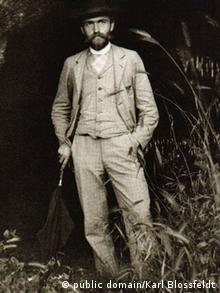
Karl Blossfeldt
After trying very different methods, and had worked – he has preserved, for example, plants with wax, or he has galvanized – he discovered for this type of Botanical photography. The Draw was, at the time, a Form of preserving.
But he realized that it was all in some Places, not close enough to nature to it. And so he came ultimately to photography, and not to a 1:1 photography, but he has greatly increased in size. And so he came to beautiful insights and views of plants, which remained hidden otherwise as a viewer.
His nature shots already had an artistic value? Or was it pure illustrative material?
These photographs he has presented to his students, and then was then drawn. The motifs were carefully endorsed or artistically transformed into ornaments and patterns. Or you have to work to stucco, to fashioned pattern drawings for Wallpaper or textiles, and the like.
His idea was a natural forms-a collection of great Dimension, to bring together and exhibit in the Academy and in the Museum. And although a permanent exhibit, so that everyone could go on a whim in this room, to the various forms of nature study.
To what extent has Blossfeldt interested in the plants, also the art-fully Constructed, and not only the Botanical object?
Blossfeldt came from the sculpture. He had completed the training as a sculptor. And he was trained as an art foundry and had been as a modeller. Inasmuch as he was with these plastic forms and the sculptural quality of a Plant very familiar to you. This was in the form of game of its time Yes important: the whole of the historicism, art Nouveau, all of this came from the Ornament. And that was something that interested him.
And then he built cameras, which enabled it to enlarge things so strongly. He has done a lot of work in the darkroom, and has formulated his shots to be very delicate and artistic pictures.
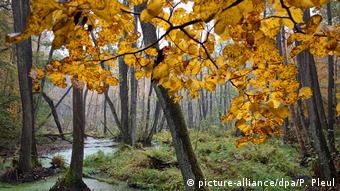
In the woods around Berlin Blossfeldt made the forms of nature inspire
How much horticultural energy was in his way of working? Where has Blossfeldt found his plants and objects everywhere?
He wandered in the forests around Berlin, and has sought out the individual plants themselves, and decidedly. He also reported in some of his letters. He has taken to the part of the tender plants in pots and glasses, so they were not damaged or kinked.
He had a small greenhouse, introduced you to the part but also outside in the garden. He could then wait and see and watch carefully, so that he could photograph the different phases of growth of these plants. So, in the end, he was also a gardener. He known of these plants.
What is the connection shows in her latest exhibition, between the German Karl Blossfeldt, Born in 1865, and the American Jim Dine, Born in 1935 – as a representative of completely different artist biographies?
It is the good eye, and the mindfulness to deal with the things and the objects from the plant world. And clearly, the plants play forms an important role, both of which have taken in the views.
The Interview was conducted by Heike mouth.
Gabriele Conrath-Scholl is Director of the photographic collection of the SK Stiftung Kultur in Cologne and curator of the exhibition “poetry of the Plant.” She has published numerous texts and Catalogue essays including August Sander, Albert Renger-Patzsch, Bernd and Hilla Becher, and is co-editor of the whole edition of sander’s “people of the 20th century. Century” (2002). The exhibition “poetry of the Plant” is still up to the 21. To see July 2019 in Cologne, Germany.









